Could the infamous ‘State Street River’ return following record-breaking snowfall?
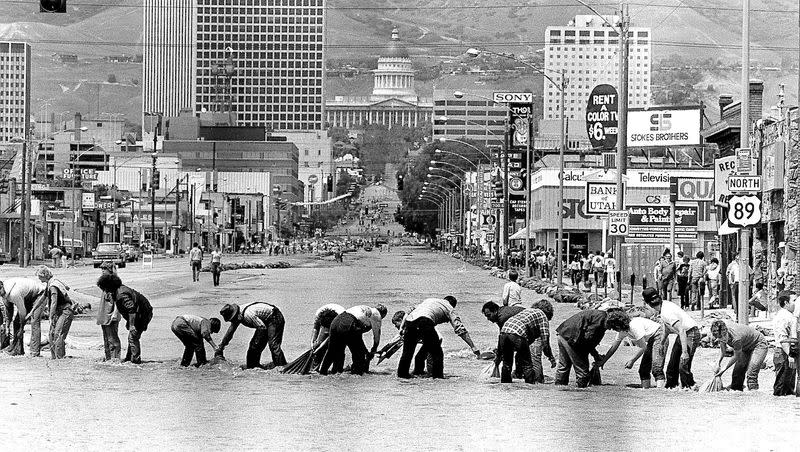
Many who were in Salt Lake City in 1983 remember the “no fishing” signs that were put up to make light of the serious flooding that turned State Street into a roaring river. With 2022-233 breaking snowfall records, Utah residents are wondering if they need to prepare for a repetition of the past.
Salt Lake County flooding and engineering crews have been working to ensure that history does not, in fact, repeat itself. Utah’s drainage system has seen much improvement since the flooding in 1983, according to Salt Lake County Emergency Management Director Clint Mecham.
Mecham told Fox 13, “Do I expect to see something like ’83? Probably not. Could we see some water that actually goes over roads and stuff? Depending on how Mother Nature cooperates or not, we could see water on the roads, but we shouldn’t see another event like 1983.”
The flood risk in Utah will depend on how quickly the temperature rises in the following weeks, experts say. KSL is reporting upcoming temperatures as high as 82 degrees in southern Utah over the weekend. The results could be dangerous if the snow melts at a rapid rate.
“One of the issues of 1983 is that we stayed cold and snowy deep into the spring and warmed up quickly. If we see that again, it does increase our flood risk,” Jordan Clayton, the supervisor for the Utah Snow Survey Program, told ABC4.
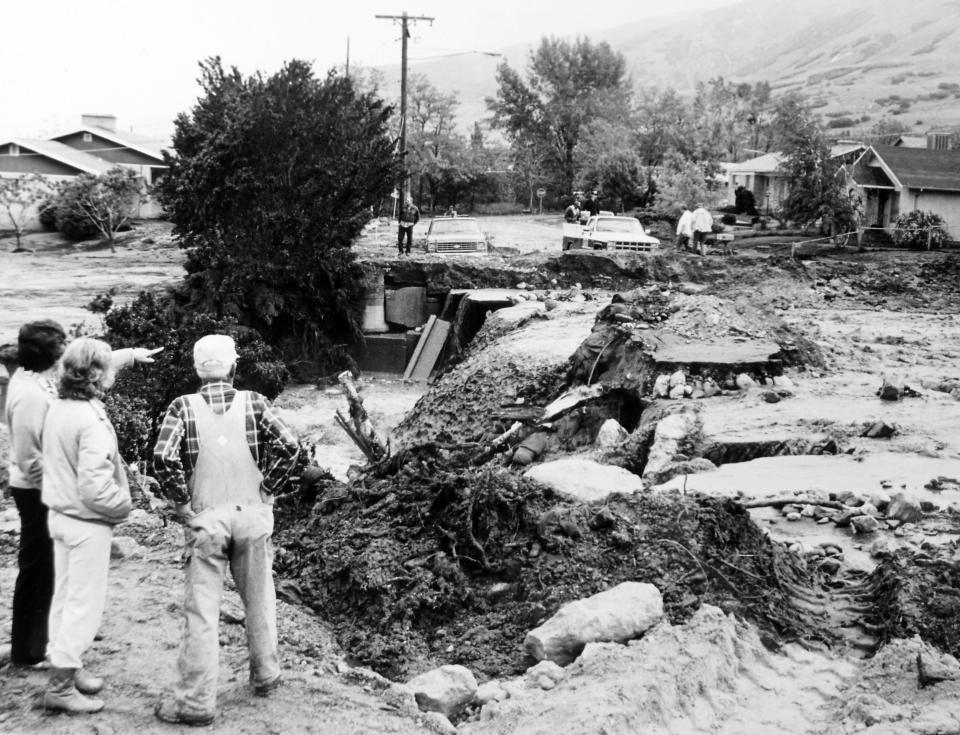
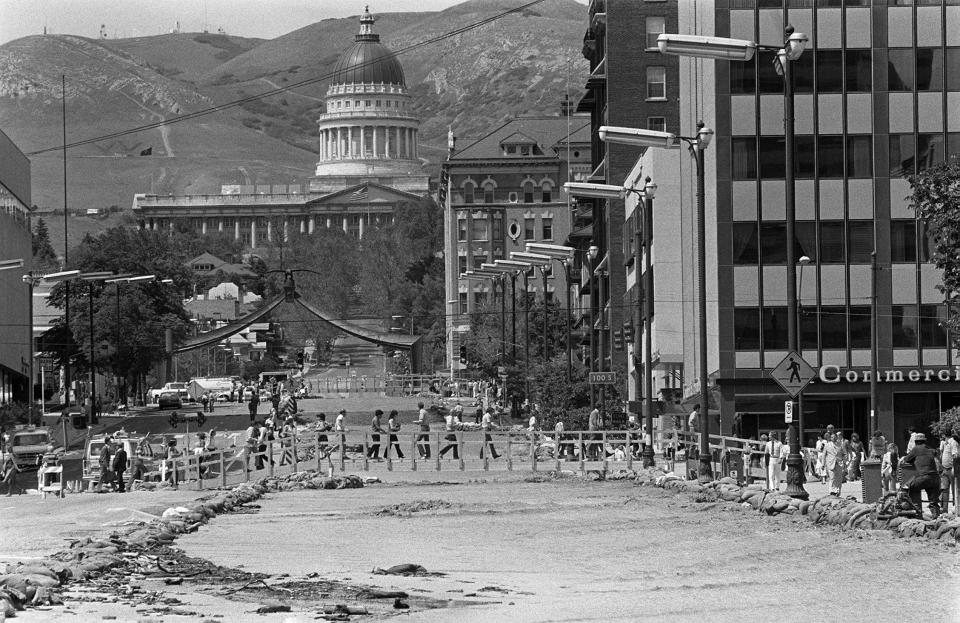
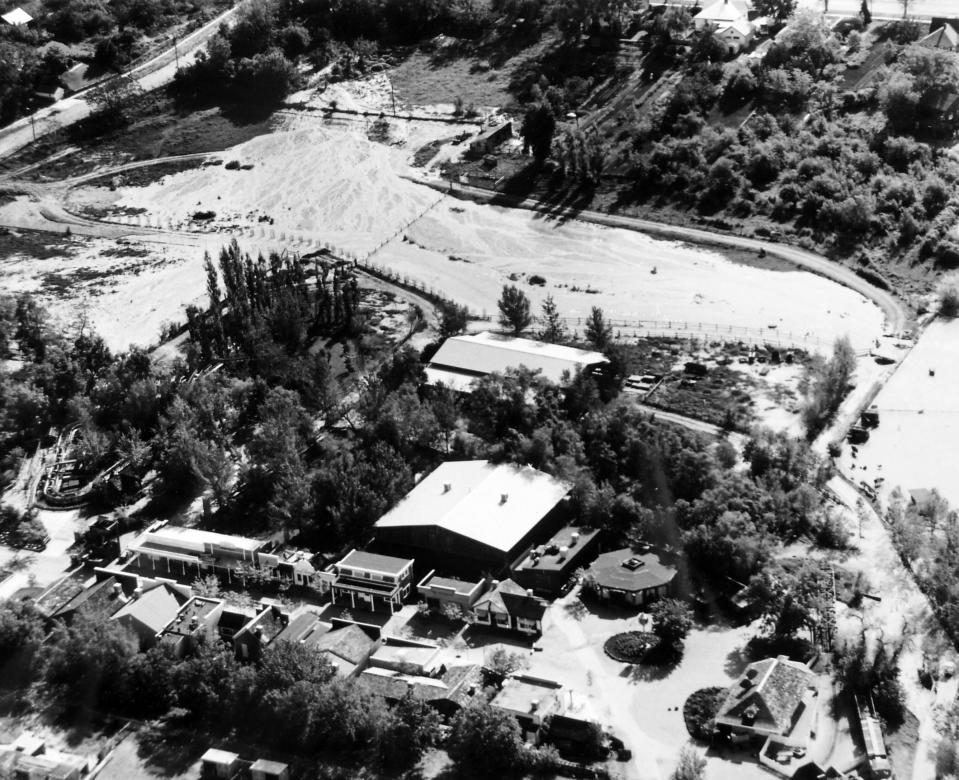
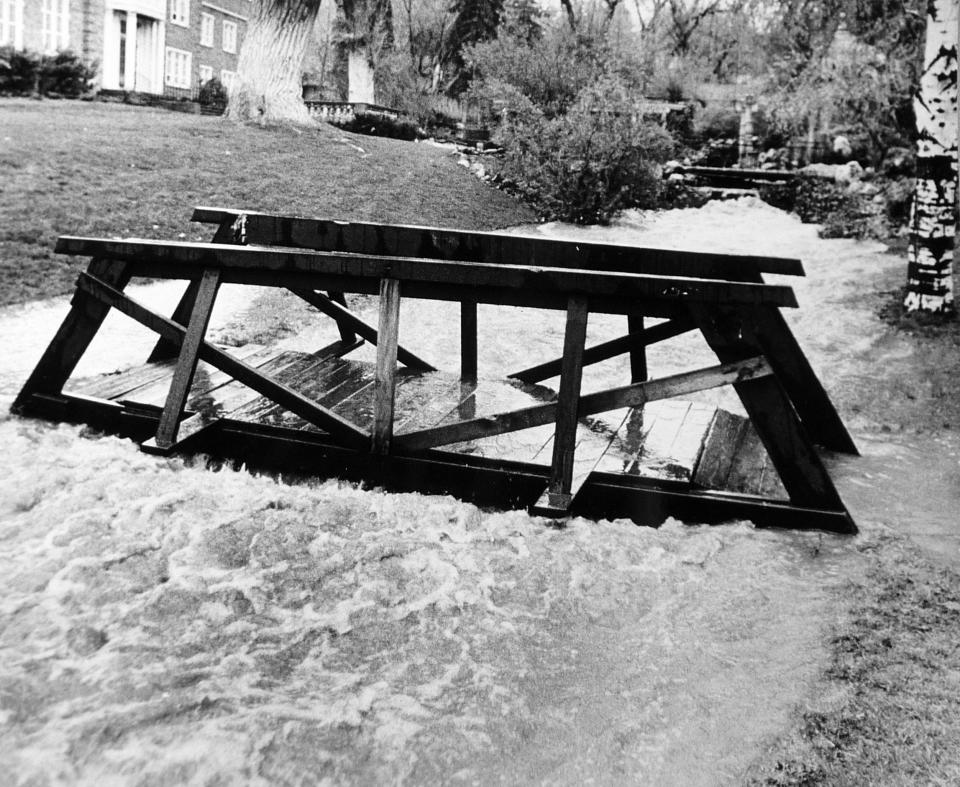
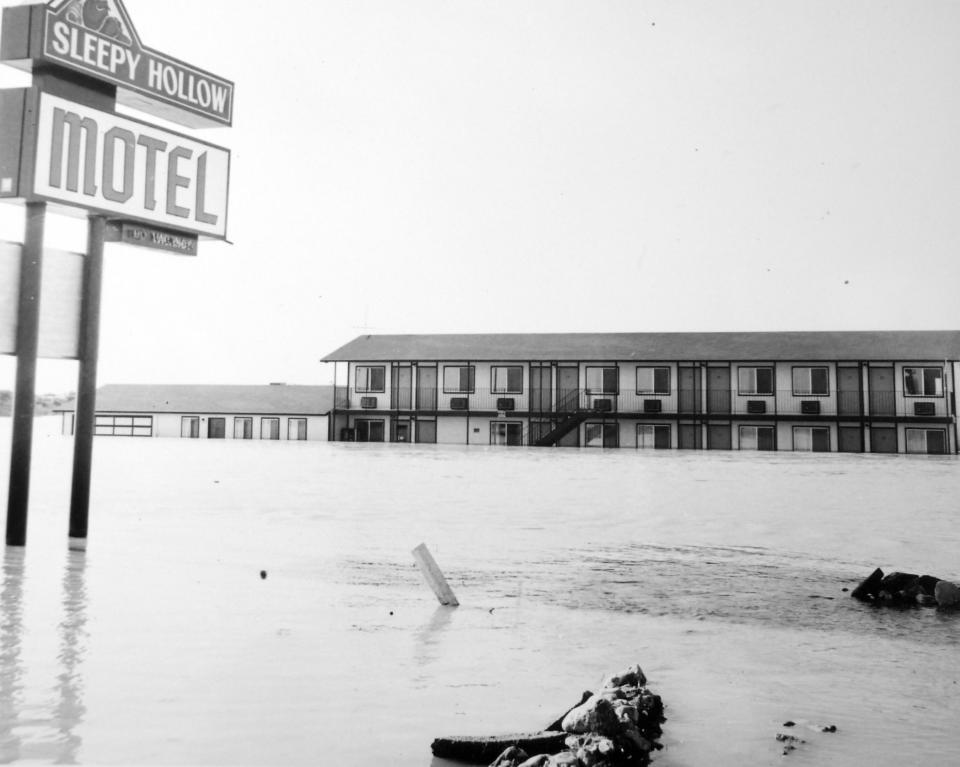
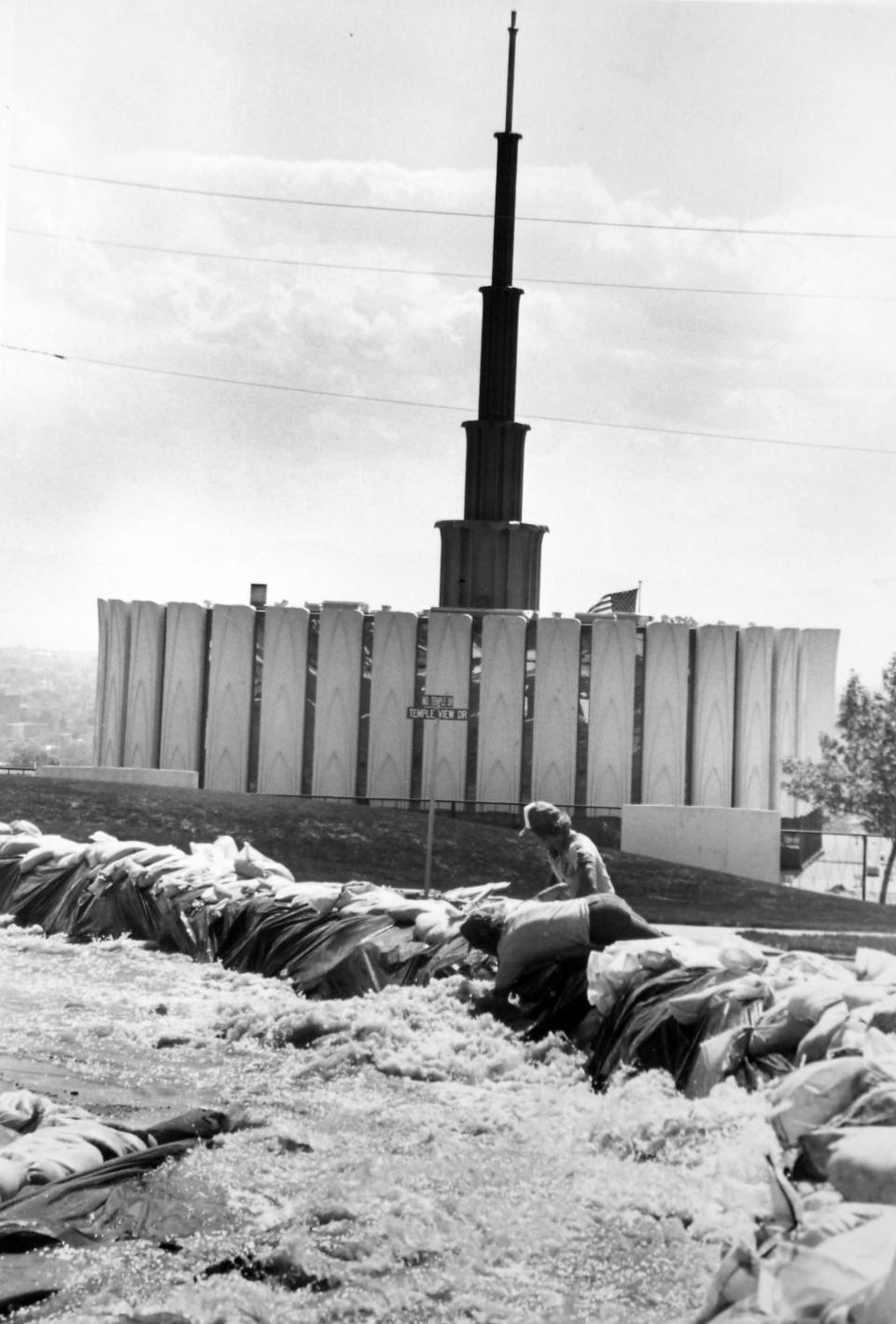
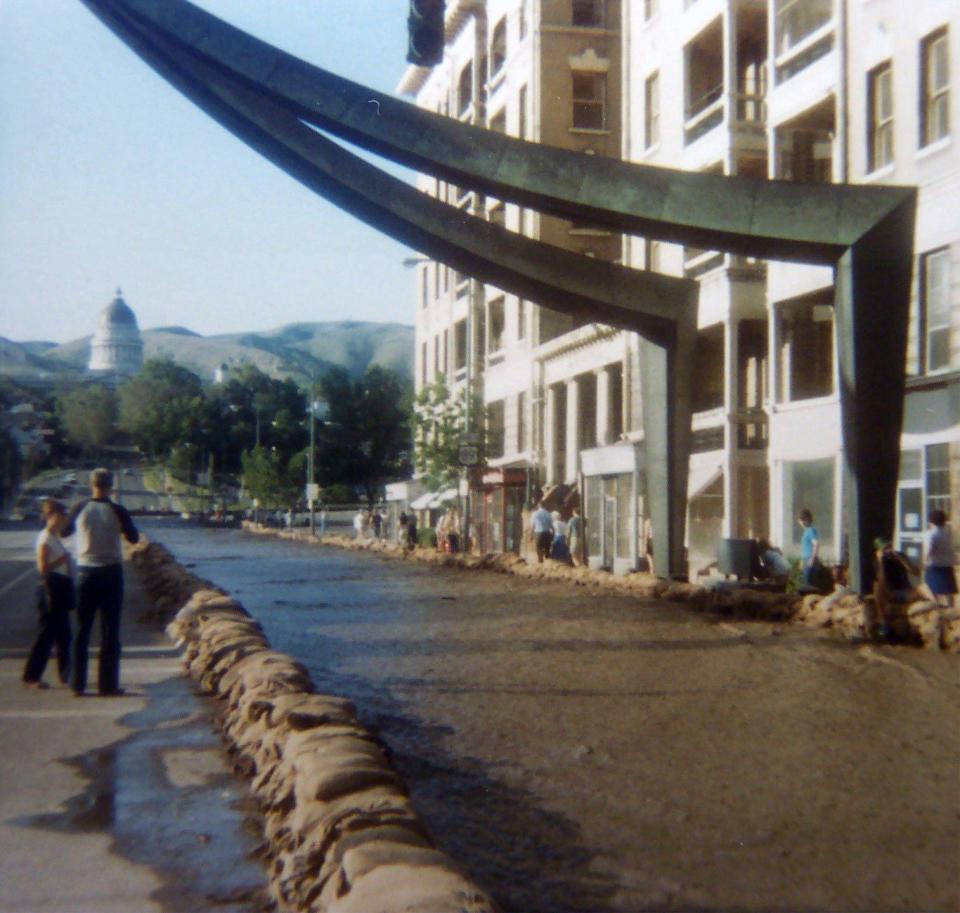
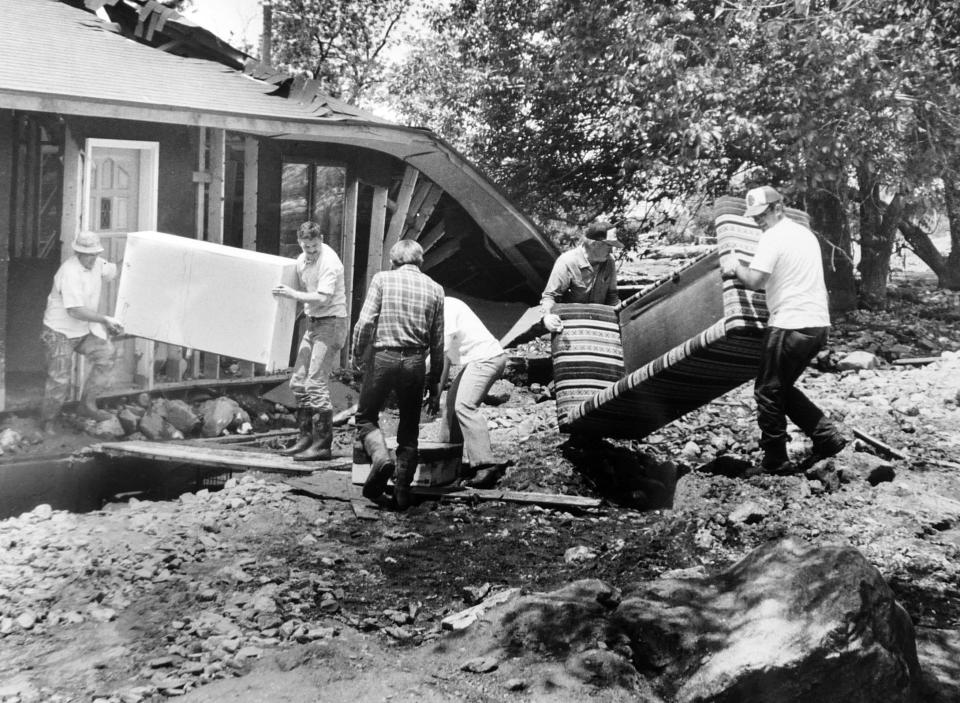
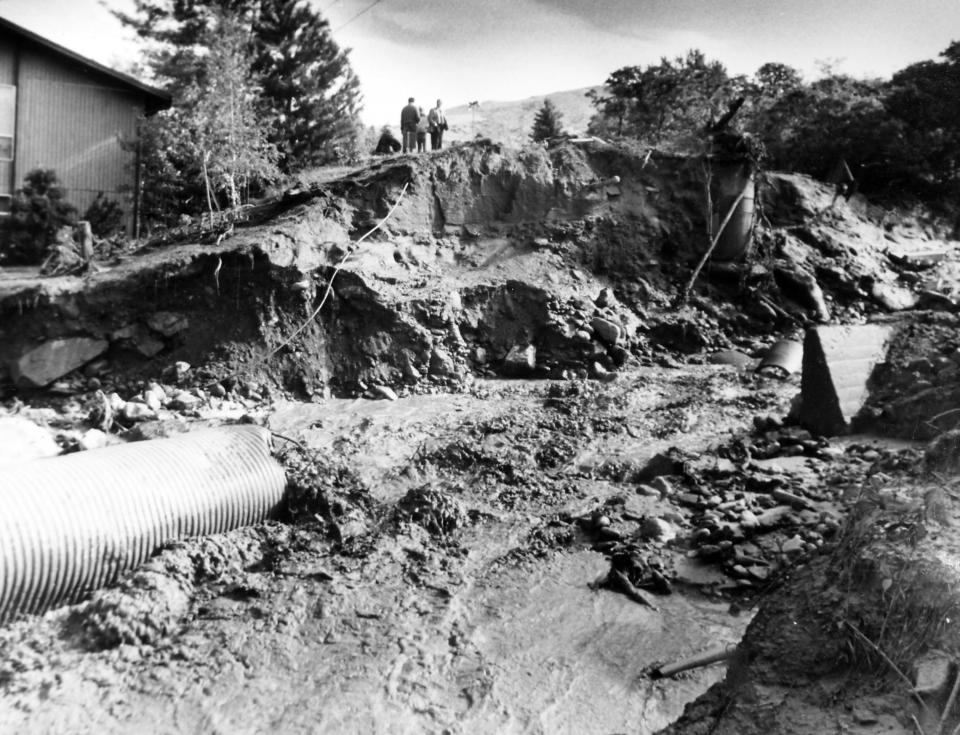
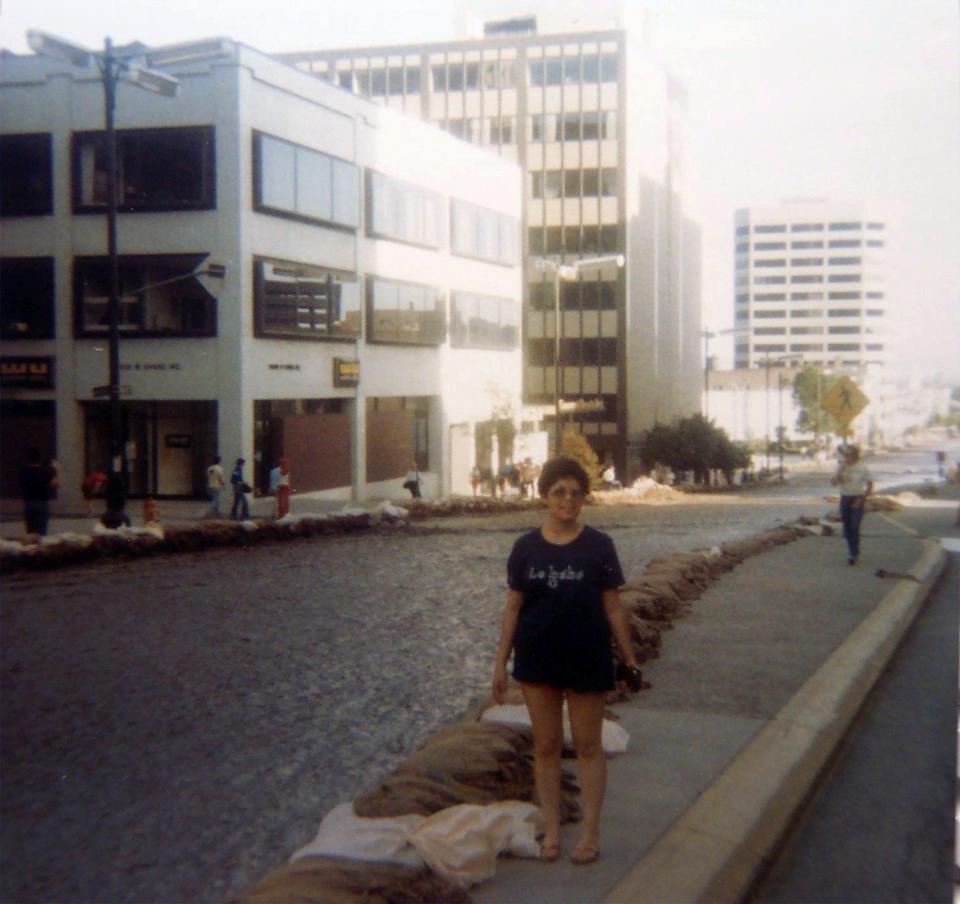
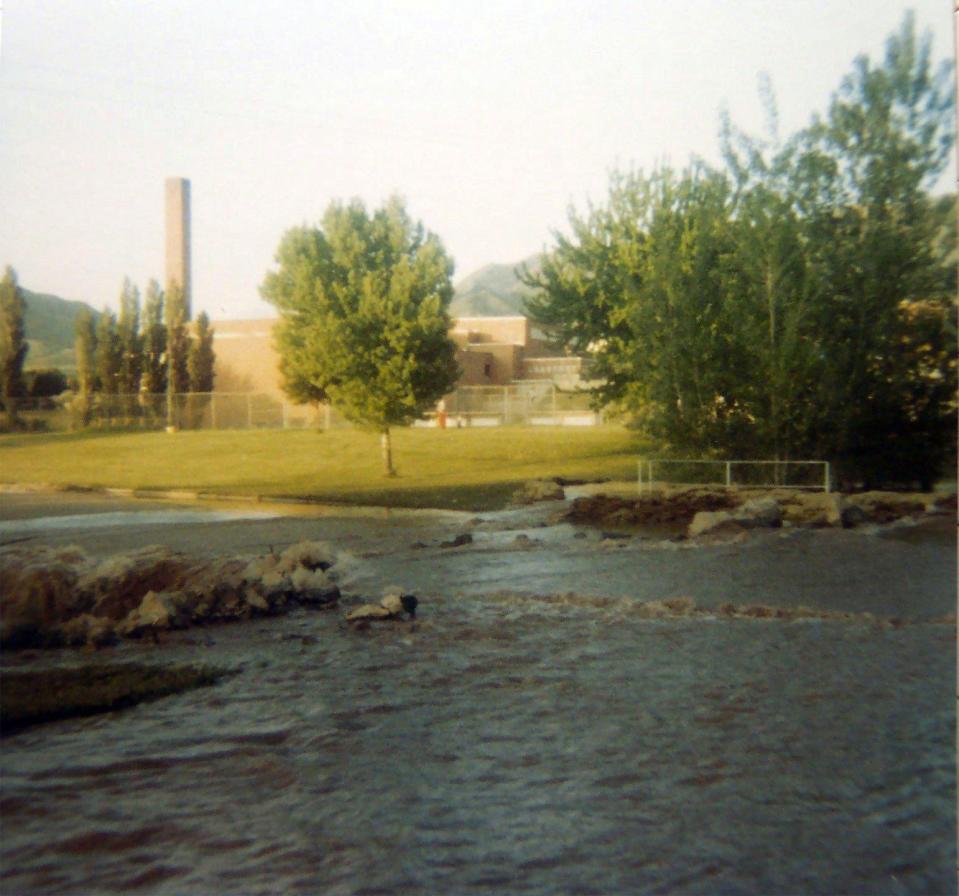
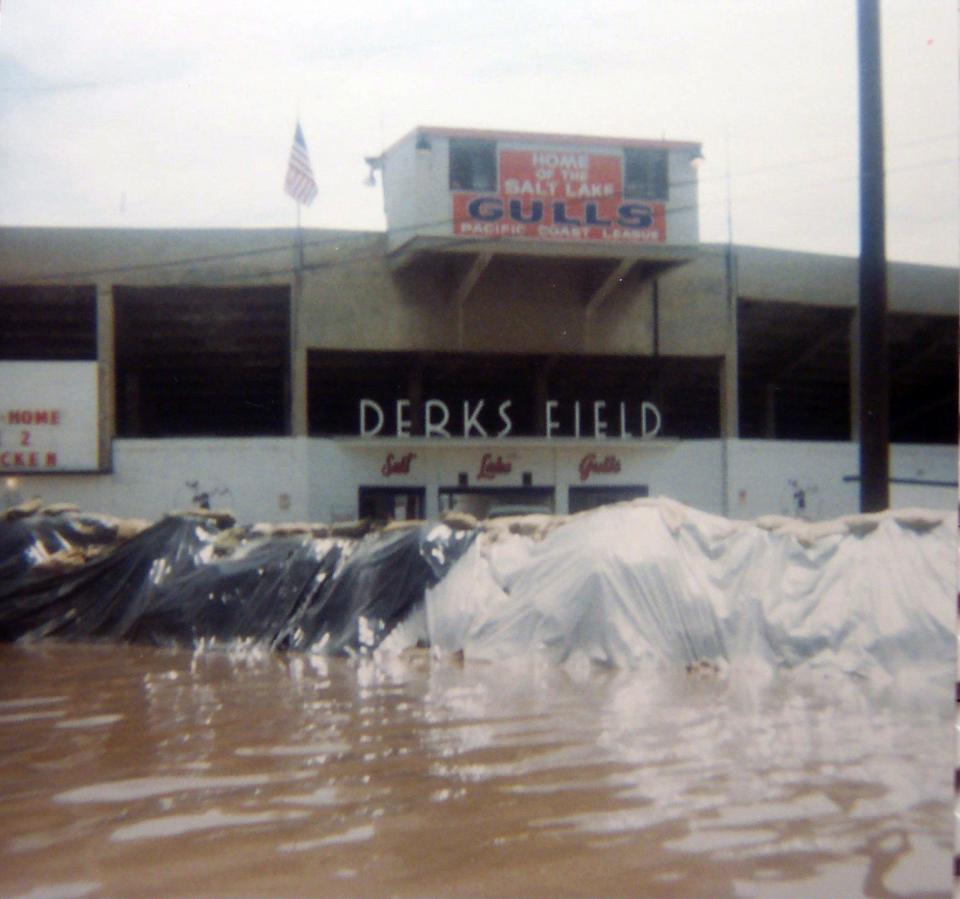
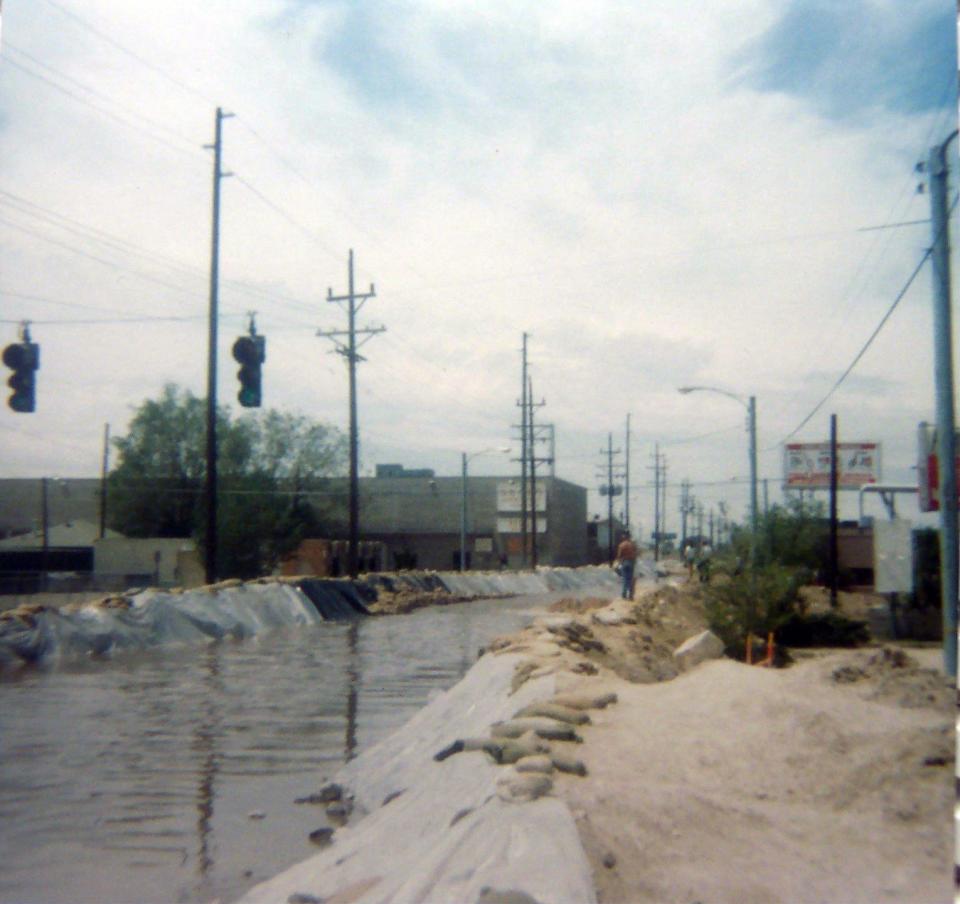
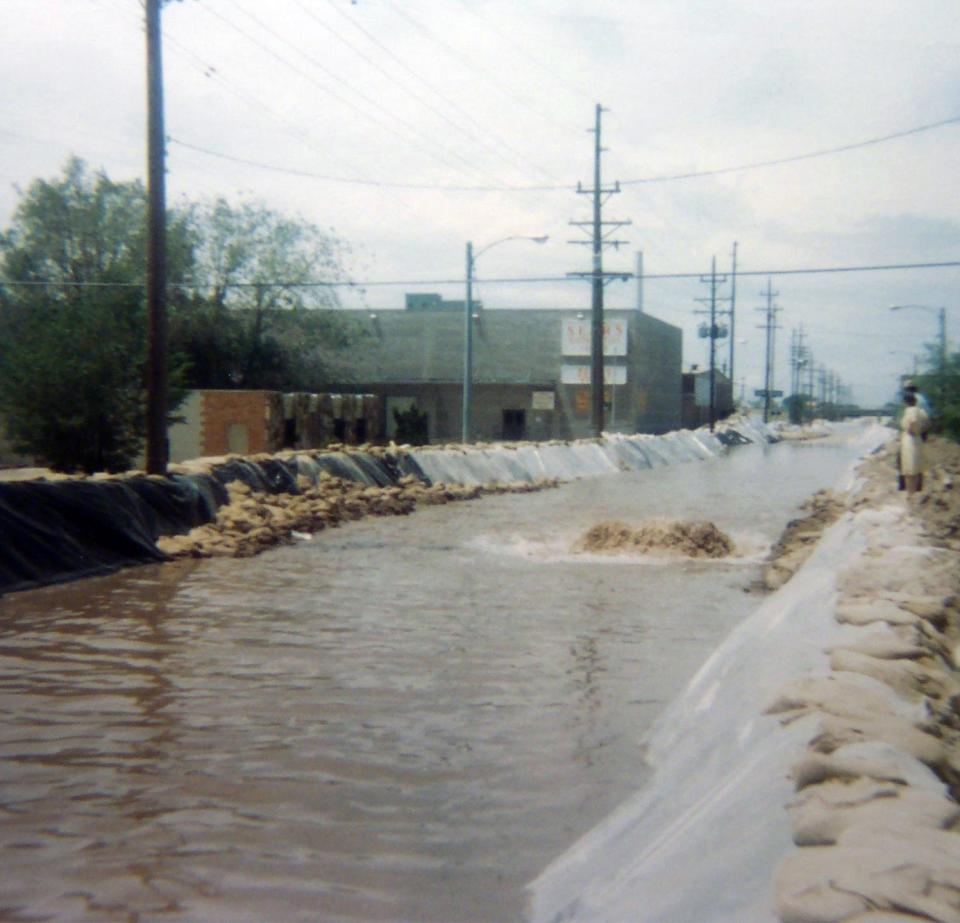
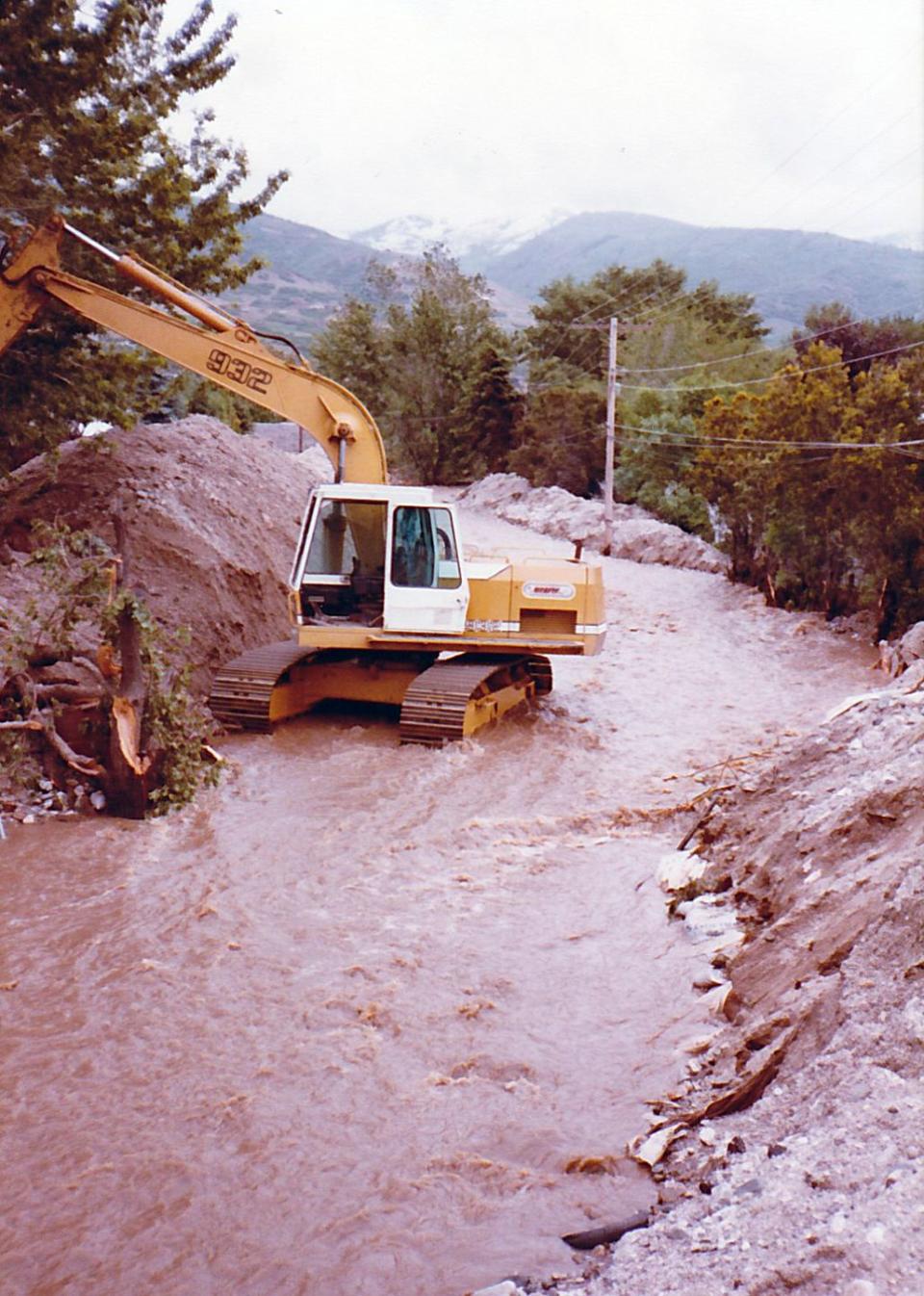
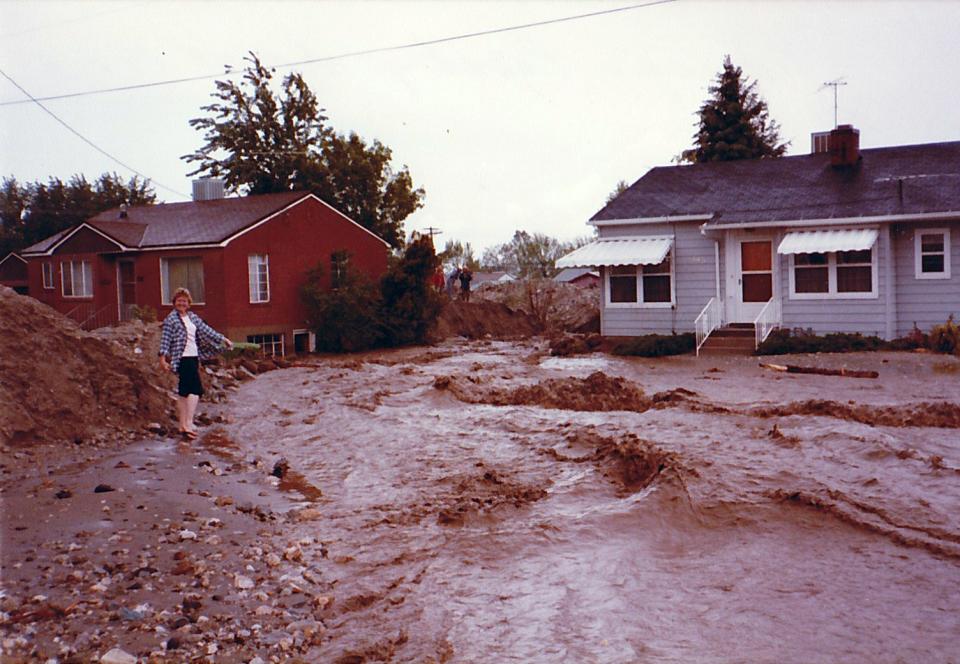
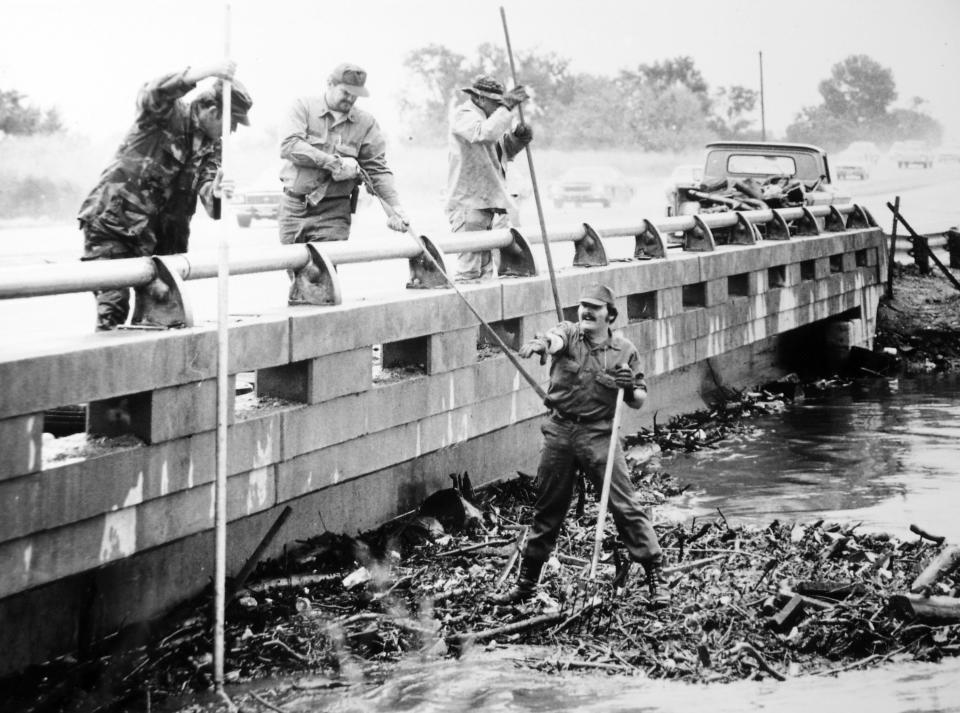
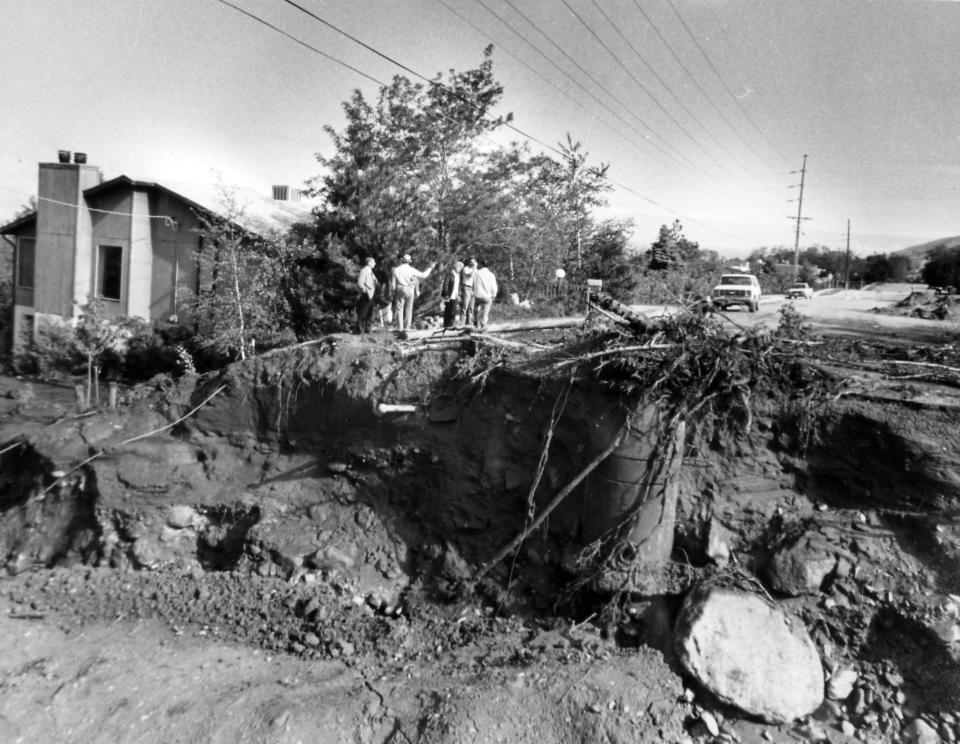
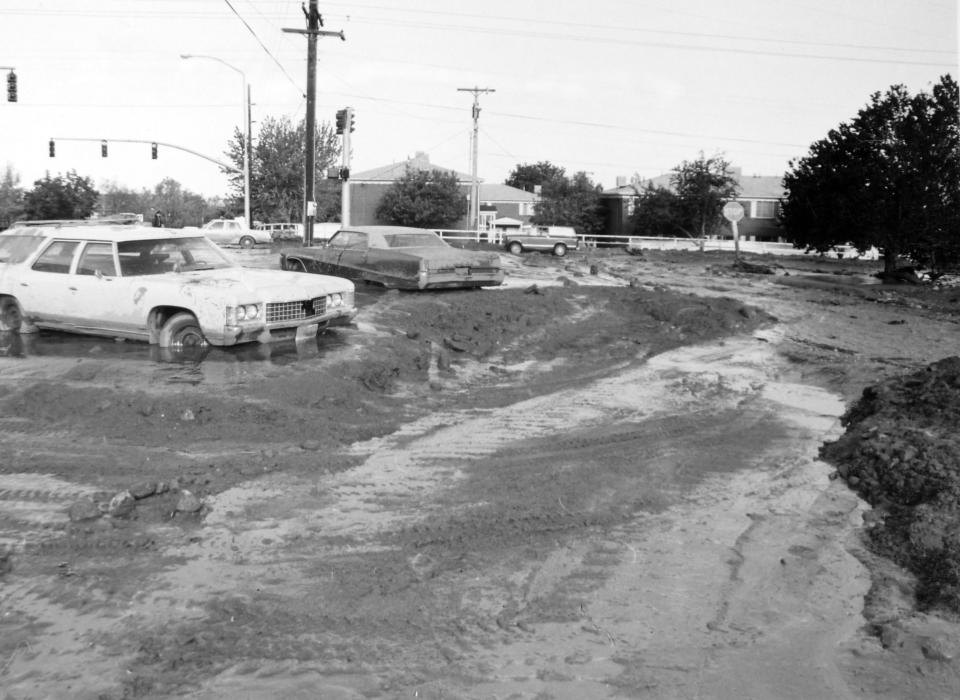
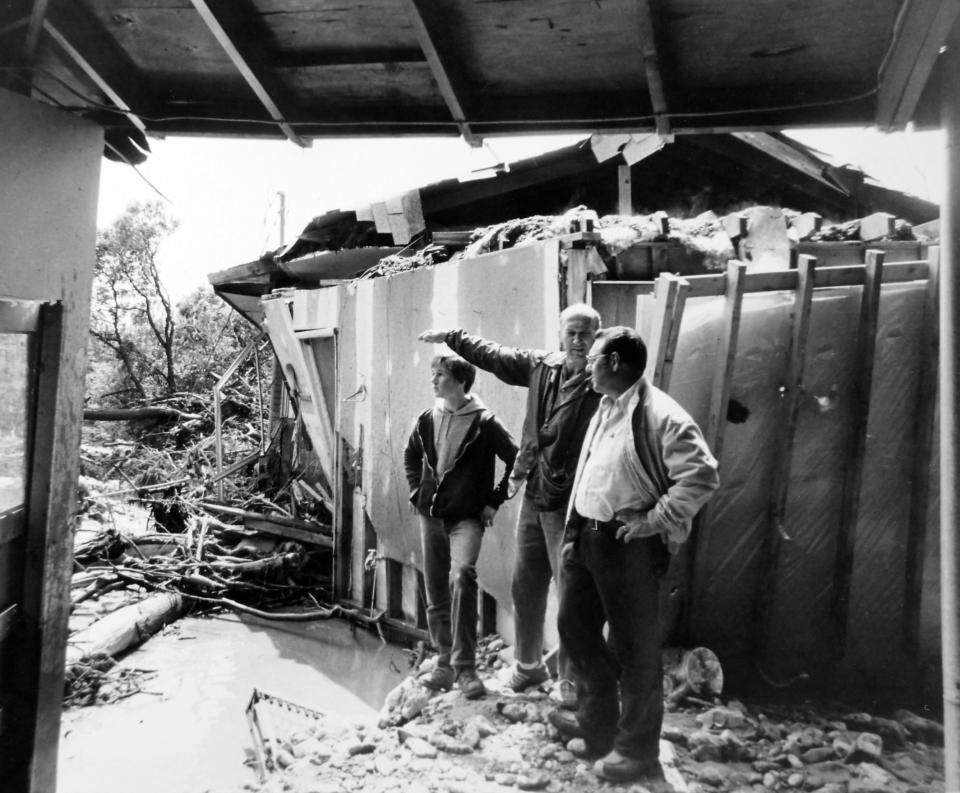
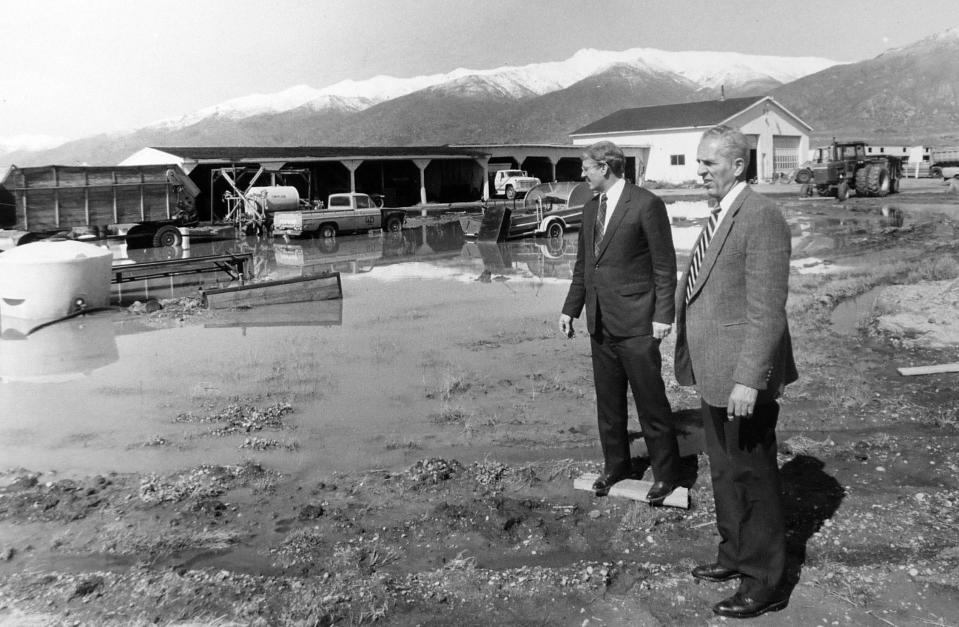
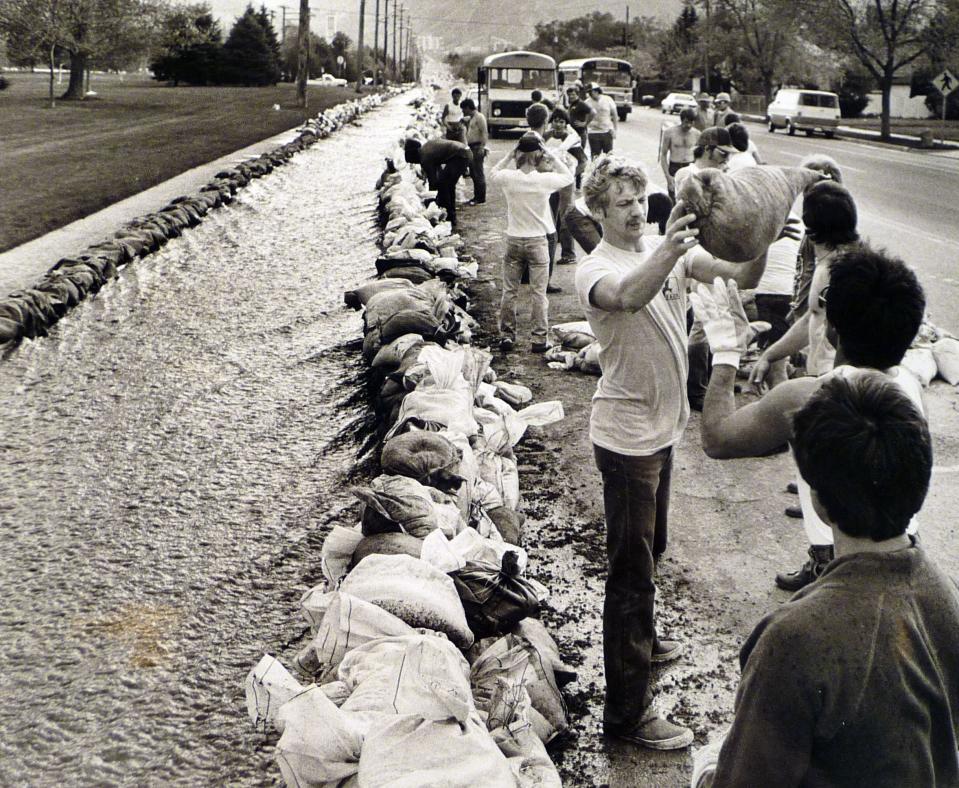
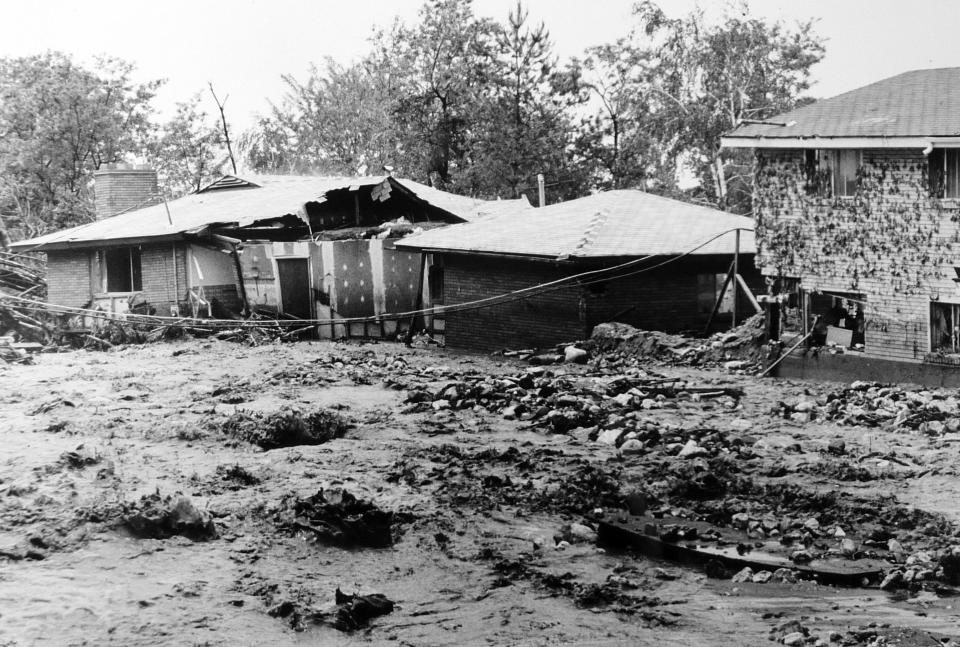
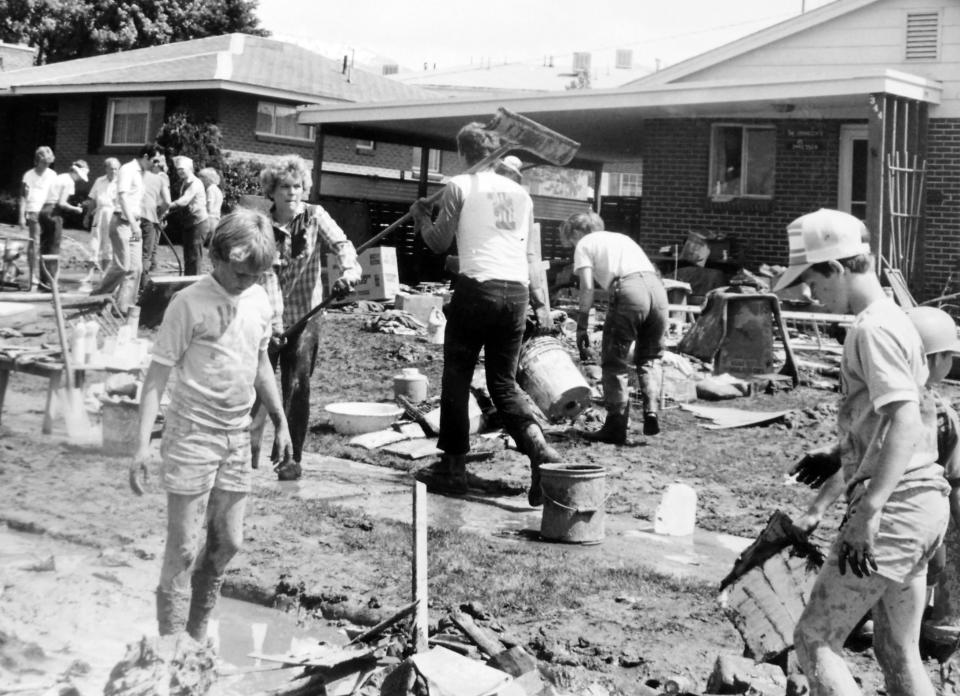
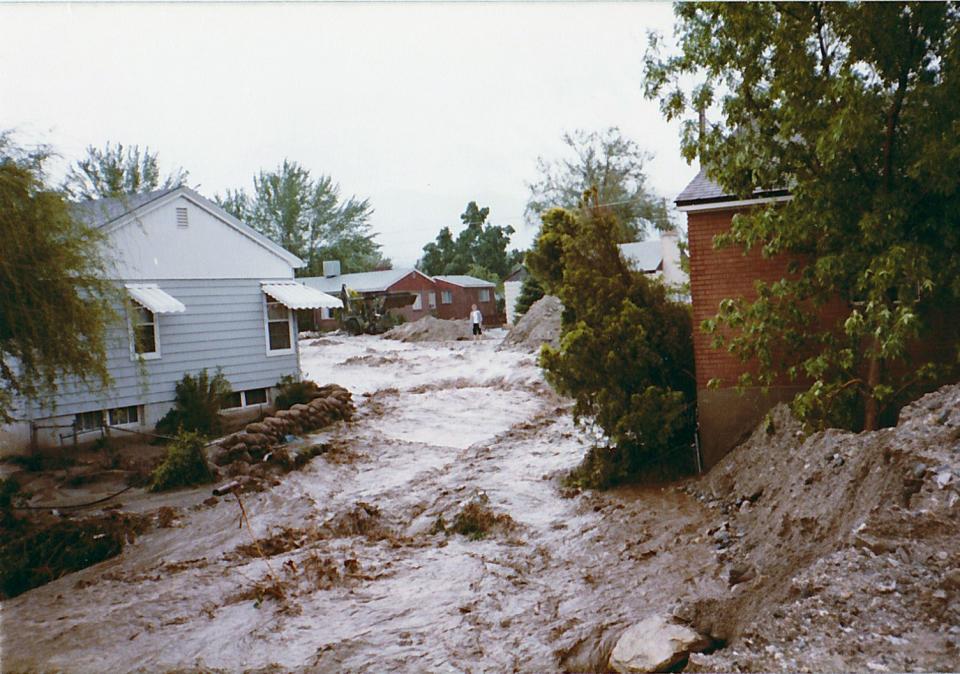

The Utah Department of Natural Resources tweeted on March 20 ways that Utahns can practice flood safety:
“Much of #Utah is likely to see flooding this year, so we plan to keep reminding you to understand flood risk & take actions to protect your families, homes & communities. Share these @UtahEmergency tips! #utahflooding2023.”
Much of #Utah is likely to see flooding this year, so we plan to keep reminding you to understand flood risk & take actions to protect your families, homes & communities. Share these @UtahEmergency tips! #utahflooding2023
Flood maps: https://t.co/Qt27OxqiRC pic.twitter.com/xeI2pi9lhK— Utah Department of Natural Resources (@UtahDNR) March 20, 2023
The previous record for “snow-water equivalent” was set in 1952 with 28.8 inches. According to Utah’s Natural Resources Conservation Service, as of Tuesday morning, 2023 has broken the previous record with 29.5 inches of water produced by melted snow.
Mecham said improvements in infrastructures, including City Creek, should be firm enough to prevent flooding. Locals shouldn’t have to participate in a conga line of laying piles of sandbags and building bridges on State Street like in ‘’83.
“Those kind of structures that are now in place will handle a much greater volume of water than they could back in ’83, or 2010 or ’11,” he said.
Related
Although these are improvements, residents are still encouraged to always take precautions. “We always say keep pets and kids away from waterways, just be safe. This year, it’s necessary to be careful around any streams. This is something we will be dealing with most of the spring. We don’t want any tragedies this year with someone falling in and drowning,” said Christine Kruse, lead meteorologist for the National Weather Service in Salt Lake City.

